8 Ideal Companion Plants for Sage and 5 Plants to Avoid
Sage is a versatile and flavorful herb that thrives when paired with the right companion plants. Choosing the best neighbors for sage can help enhance its growth, improve its flavor, and even keep pests at bay. However, not all plants make great companions for sage, and some can hinder its development. By understanding which plants complement sage and which to avoid, you can create a healthier, more productive herb garden.
This post may contain affiliate links, which helps keep this content free. Please read our disclosure for more info.
Best Sage Companions – Thyme

Thyme is an excellent companion for sage as both herbs thrive in similar conditions. They both prefer well-drained soil, full sunlight, and moderate watering. Their compatibility extends to their ability to deter pests, as the aromatic oils from both plants help ward off insects. Planting thyme with sage can also improve soil health by providing a ground cover that prevents weeds and reduces moisture loss. The low-growing nature of thyme does not overshadow sage, allowing both to grow harmoniously.
Additionally, thyme’s smaller size makes it a perfect complement to the larger, bushier sage plant. When planted together, these herbs create a balanced and aromatic garden that benefits both plants. Thyme also attracts pollinators such as bees, which can help with the pollination of sage. This combination not only boosts the health of the garden but also adds to its beauty and functionality.
Lavender

Lavender and sage are both Mediterranean plants that thrive in hot, dry conditions, making them natural companions. They share similar needs in terms of sunlight, well-drained soil, and minimal watering. Lavender’s tall, spiky flowers contrast nicely with the bushy form of sage, creating an aesthetically pleasing combination. Both plants have a strong fragrance that can deter pests, helping protect your garden naturally. The two plants also have a calming aroma, making them perfect for creating a peaceful outdoor space.
In addition to their visual and aromatic benefits, lavender attracts pollinators like bees, which can help improve the overall health of your garden by aiding in the pollination of sage. These two plants work well together, as neither competes for space or resources. Lavender’s resilience to drought complements sage’s hardy nature, making this pairing a low-maintenance option for gardeners.
Oregano
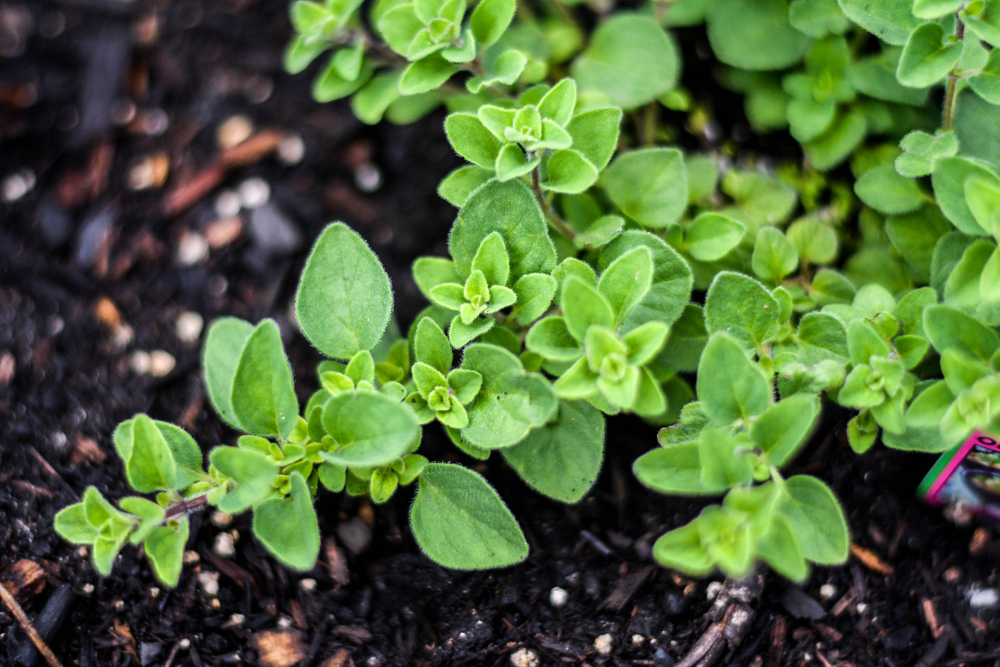
Oregano and sage are both hardy, aromatic herbs that thrive in similar conditions, such as full sun and well-drained soil. These two plants have complementary growth habits, with oregano’s spreading nature balancing the upright growth of sage. Both herbs are also known for their pest-repelling qualities, thanks to their strong scents. When planted together, they can help create a healthier garden by reducing the need for chemical pest control and minimizing weed growth.
The combination of oregano’s dense foliage and sage’s larger leaves makes this pairing both functional and aesthetically pleasing. These herbs can be grown alongside each other without competing for space or nutrients. Oregano’s spreading nature can also help create a ground cover that protects the soil and prevents moisture loss, benefiting sage. Both plants are hardy, making them great choices for low-maintenance gardening.
Basil

Basil is a great companion for sage, as both plants enjoy similar growing conditions, such as well-drained soil and full sun. The rich aroma of basil enhances the flavor of sage, especially when both herbs are used in cooking together. Basil’s more compact growth complements the taller sage, allowing both plants to thrive without overcrowding. The two herbs can also help each other in repelling pests, as basil’s strong scent can deter common garden insects that may otherwise harm sage.
Basil and sage also benefit from their shared growing space by improving soil health. The basil plant’s lush green foliage provides a nice contrast to the leathery leaves of sage, enhancing the garden’s visual appeal. Furthermore, basil’s ability to attract pollinators like bees can help improve the pollination of sage. This combination allows both herbs to thrive and produce high-quality leaves for culinary use.
Rosemary
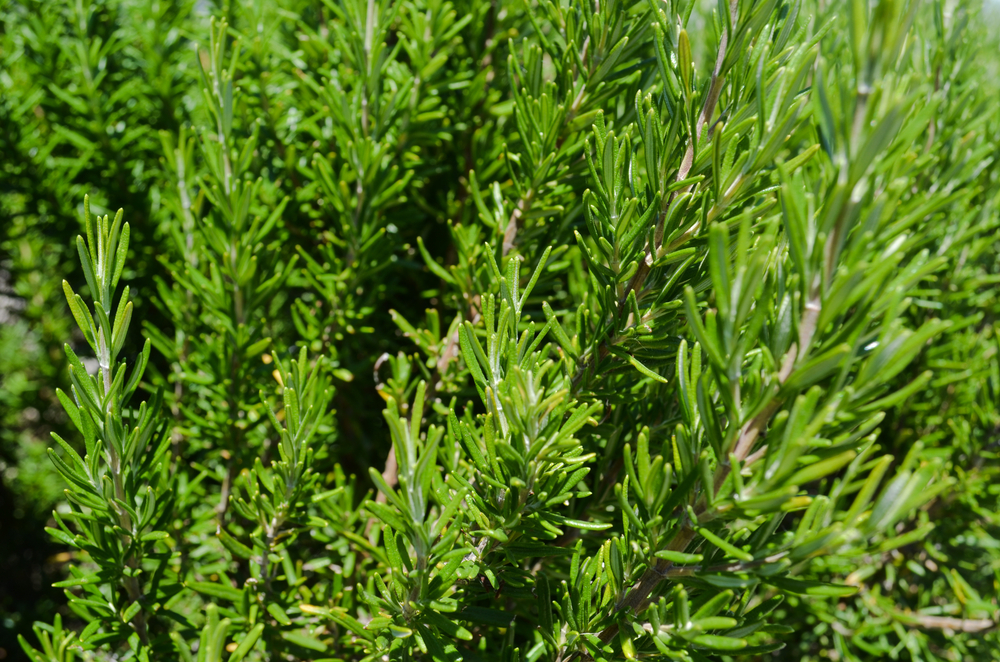
Rosemary pairs well with sage due to their similar growing needs. Both herbs thrive in dry, well-drained soil with plenty of sunlight and require minimal watering once established. Rosemary’s upright growth habit contrasts nicely with sage’s bushy appearance, creating a visually appealing garden. Additionally, rosemary shares sage’s ability to repel pests, making it a natural choice for an herb garden. These two plants also complement each other in the kitchen, with both offering distinct, flavorful additions to a variety of dishes.
The combination of rosemary and sage in the garden is beneficial not only for aesthetics but also for health. Rosemary’s woody stems can create a strong border around the sage plant, providing additional support and protection. Together, they form a resilient pair that thrives in Mediterranean-style gardens or drought-tolerant landscapes. These herbs do not compete for resources, allowing them both to flourish without issue.
Chives
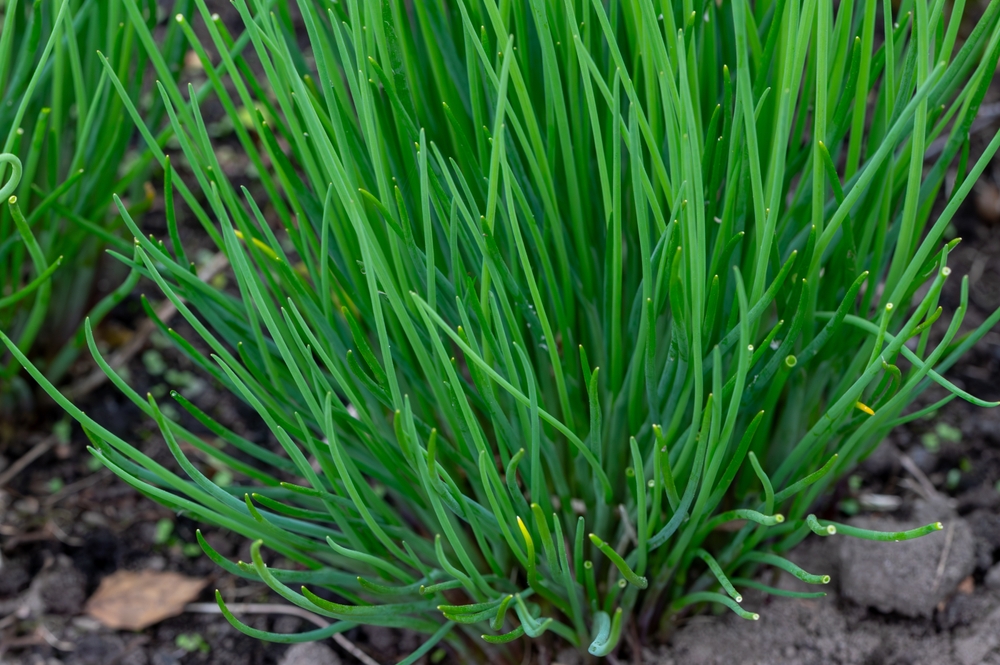
Chives are another excellent companion plant for sage, as both herbs prefer similar growing conditions, such as full sunlight and well-drained soil. Chives’ small, grassy leaves complement sage’s larger, woody structure. They do not compete for space, as chives grow in tight clusters while sage expands outward. The mild onion flavor of chives enhances the flavor of dishes prepared with sage, making them a perfect pairing in the kitchen.
Additionally, chives are known for their ability to deter aphids, which can be a common pest for sage. This makes chives an ideal companion for protecting sage from unwanted insects. The addition of chives can also add a touch of color to your garden, with their delicate purple flowers attracting pollinators like bees and butterflies. This pairing supports both the health of the plants and the beauty of the garden.
Marjoram
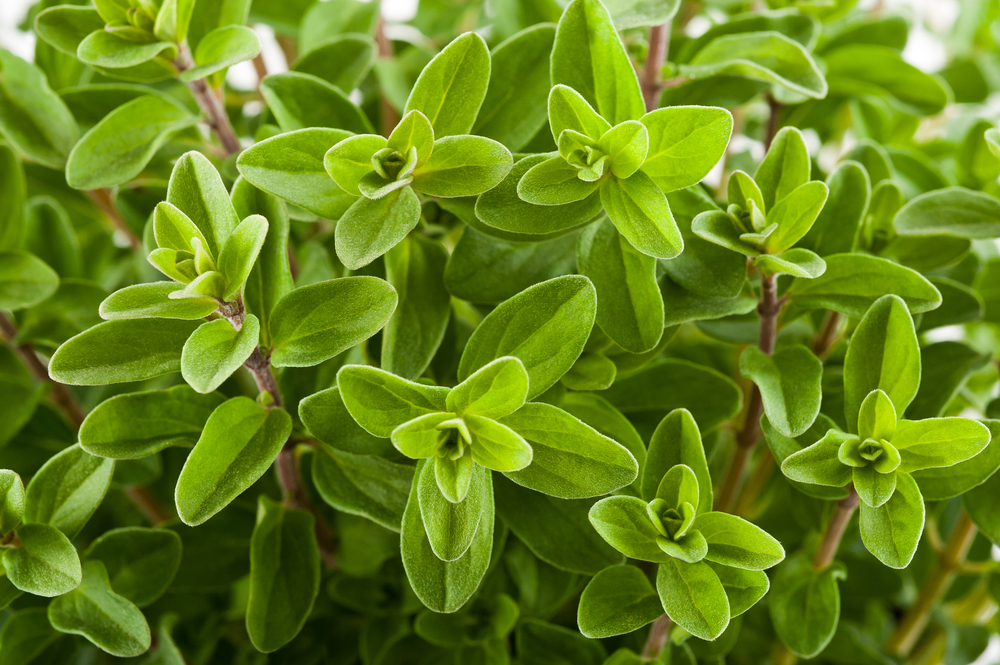
Marjoram is another herb that grows well with sage, as both plants have similar sunlight and soil needs. Marjoram’s sweet, mild flavor complements the stronger taste of sage, making them an excellent pairing in cooking. The plant’s growth habits are also compatible, with marjoram’s bushy, compact form supporting sage’s upright structure. Both herbs thrive in well-drained, slightly alkaline soil, and they do not compete for space or resources.
Marjoram can also benefit sage by attracting beneficial insects such as bees, which can help pollinate the sage flowers. Additionally, marjoram’s fragrant leaves help deter pests that might otherwise damage sage plants. This herb creates a harmonious and productive garden environment, where both plants thrive in close proximity. The combination of sage and marjoram offers both aesthetic and culinary benefits.
Cilantro
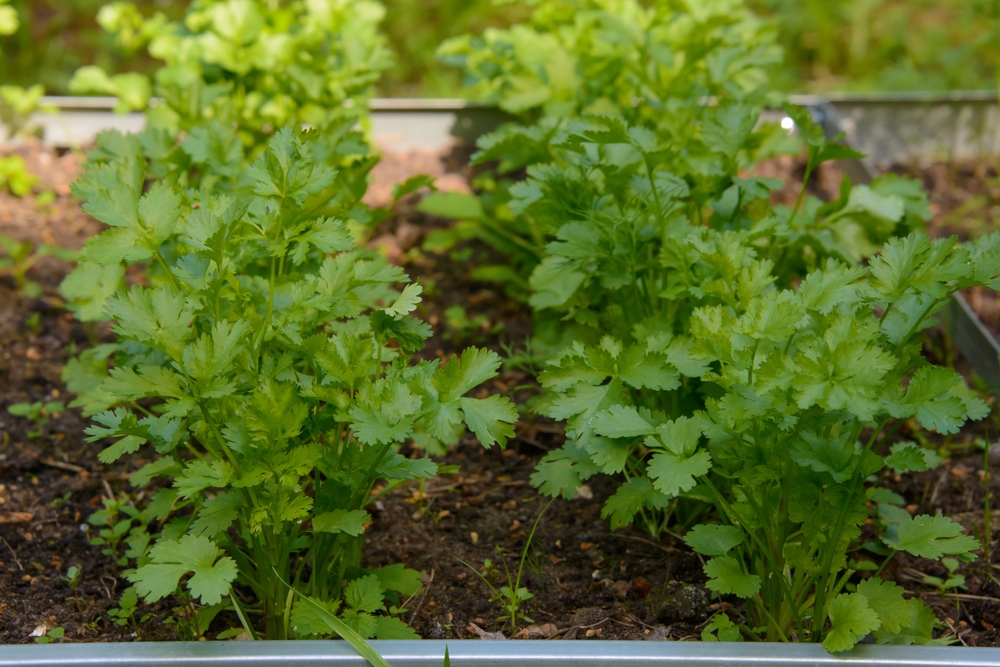
Cilantro and sage are both aromatic herbs that share similar soil and light requirements, making them great companions. Cilantro’s bright, feathery leaves contrast beautifully with the thicker, broader leaves of sage. While cilantro tends to grow quickly, sage’s slower growth helps create a balanced arrangement in the garden. Cilantro’s quick growth can also help shade the soil around the sage plant, keeping it cool during the hotter months.
Cilantro’s ability to deter pests like aphids and whiteflies makes it an ideal companion for sage. The herb’s strong scent also acts as a natural repellent for certain insects that might damage your sage plants. While cilantro needs regular watering, it will not harm sage, which can tolerate drier conditions. This combination of herbs helps create a pest-free environment that is beneficial for both plants.
Worst Sage Companions – Mint
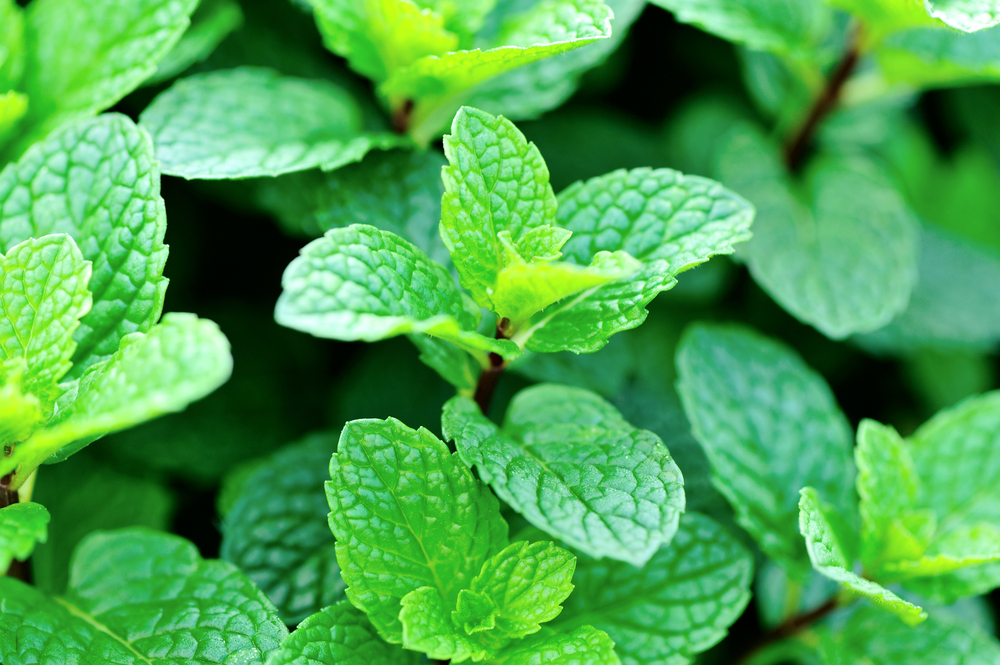
Mint is an herb that grows very aggressively, and it can easily overtake a garden if not carefully managed. When planted next to sage, mint competes for resources like water, sunlight, and nutrients, making it difficult for sage to thrive. Sage requires enough space to grow properly, and mint’s fast-growing nature can crowd it out. Moreover, mint has a strong flavor and scent, which may interfere with the delicate taste of sage. To avoid this issue, it is best to keep mint in a separate area or in containers to prevent it from overwhelming your garden.
Additionally, mint’s invasive roots can spread rapidly and choke nearby plants, including sage. This can lead to a lack of soil aeration and cause stress for sage plants. Keeping mint away from sage ensures both herbs can grow without competing for the same resources, allowing sage to flourish.
Fennel

Fennel is a strong, fast-growing herb that can overshadow other plants, including sage. While fennel and sage share similar soil and sunlight needs, fennel’s rapid growth habit can quickly outpace sage. Fennel’s large, feathery foliage may block sunlight from reaching sage, stunting its growth. Additionally, fennel produces allelopathic chemicals that can inhibit the growth of neighboring plants, including sage. These chemicals affect the root systems of nearby plants, which can lead to stunted growth or even plant death.
Fennel’s spreading nature can also crowd out sage, limiting its access to space and resources. The two plants can’t compete effectively for the nutrients they need, and fennel’s aggressive growth can harm sage over time. It’s best to keep fennel planted in an area away from sage to allow both herbs to thrive in their own space.
Onions

Onions and sage both need plenty of space to grow, but when planted close together, they can compete for resources like water and nutrients. Onions have shallow roots, which can crowd out sage’s roots, limiting its ability to access moisture and nutrients from the soil. This can lead to weak or slow growth for the sage plant. Additionally, onions can attract pests like aphids, which can easily spread to sage and damage its leaves and stems.
The combination of nutrient competition and pest issues makes onions a poor companion for sage. To give both plants the best chance at thriving, plant them in separate areas of the garden. This will allow onions and sage to grow without interfering with each other’s needs and reduce the risk of pest problems.
Carrots
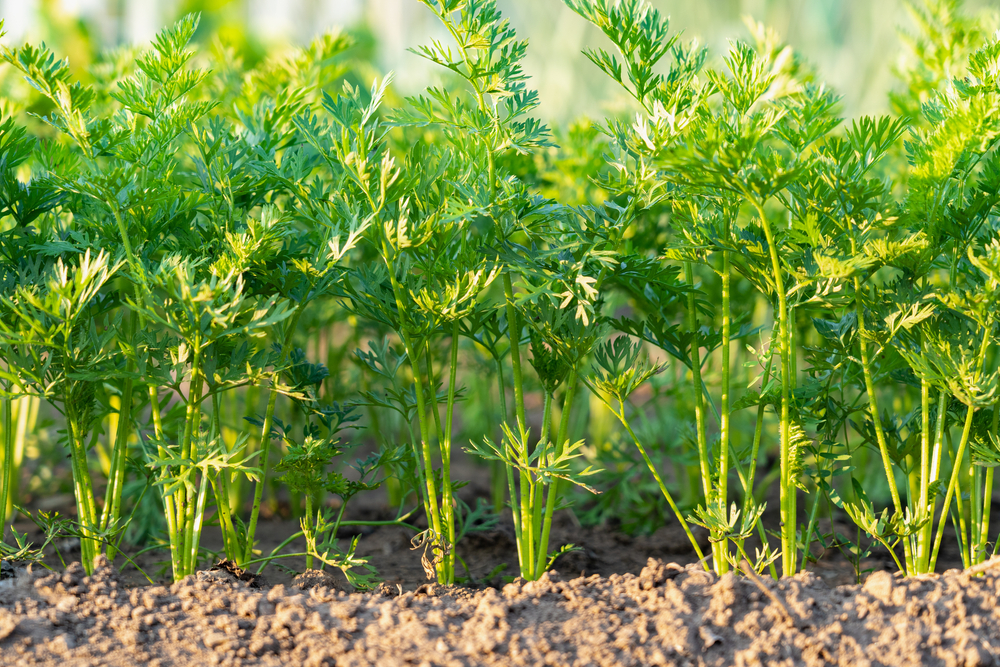
Carrots and sage should not be planted too close to each other because their root systems can interfere with one another. Carrots grow deep into the soil, while sage has shallow roots that require good airflow and sunlight. Planting these two herbs near each other can cause root disturbance, limiting sage’s ability to access water and nutrients. Additionally, carrot tops can create shade, blocking sunlight from reaching the sage, which is essential for its growth.
Carrots also require plenty of space to grow, and their roots may compete with sage for space in the soil. If the two plants are planted too closely, both may suffer from limited room to grow properly. It is best to plant carrots and sage in different sections of the garden to prevent competition and ensure that both plants have the space they need to grow healthily.
Cabbage
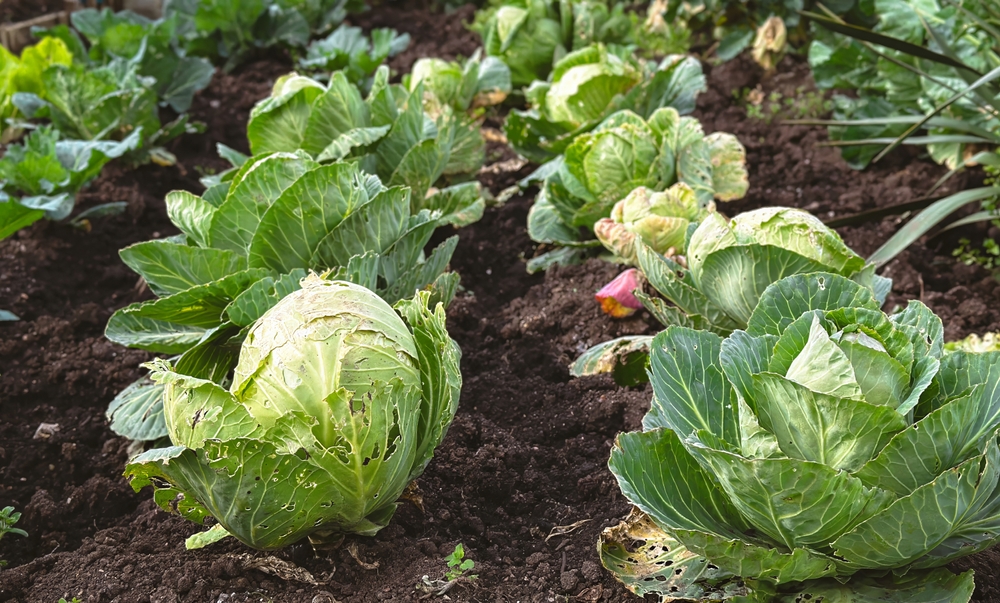
Cabbage is a heavy feeder that requires a lot of nutrients to grow properly. If planted near sage, cabbage can quickly absorb the available minerals in the soil, leaving sage with fewer nutrients. This can stunt the growth of sage and result in smaller, less flavorful leaves. Additionally, cabbage tends to attract pests like aphids and cabbage worms, which can spread to nearby plants, including sage, and damage them. Keeping cabbage away from sage will allow both plants to thrive without being affected by pests or nutrient competition.
Furthermore, cabbage’s large, broad leaves can block sunlight from reaching sage, depriving it of the light it needs to grow. Planting these two herbs too close together can create an environment where neither plant reaches its full potential. To ensure both cabbage and sage thrive, plant them in separate areas of the garden to give each one the space and resources it needs.
This article originally appeared on Avocadu.
